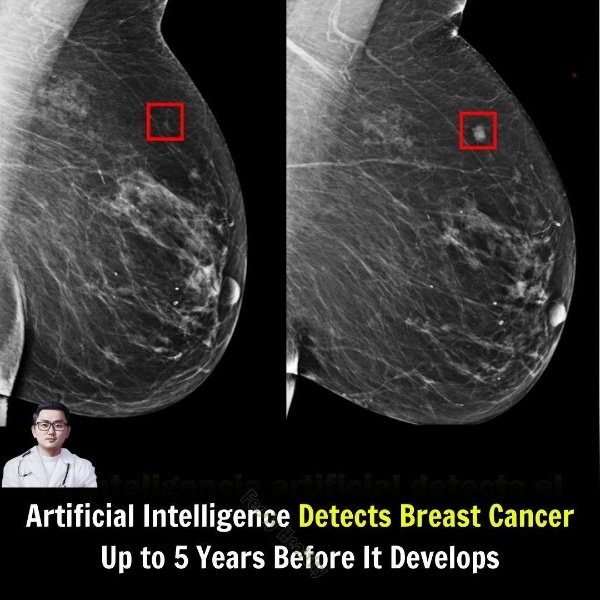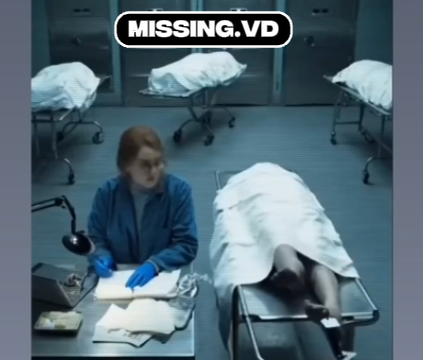Imagine being able to detect breast cancer years before it ever begins, a concept that once seemed like science fiction but is now becoming a clinical reality thanks to artificial intelligence. Recent studies, including one published in JAMA Network Open, reveal that AI technology can predict the development of breast cancer up to five years before traditional screening methods would ever detect it, a breakthrough that is not only revolutionary but potentially life-saving.

So how exactly does AI accomplish this, and what does it mean for the future of early detection, diagnosis, and personalized care? Artificial intelligence is reshaping healthcare in remarkable ways, particularly in the early diagnosis of diseases like breast cancer. AI systems are trained to recognize early signs of cancer long before they manifest as visible tumors, using deep learning algorithms that analyze thousands or even millions of mammograms, going beyond the obvious red flags and diving into subtler shifts in breast tissue, minor texture changes, and tiny clusters of microcalcifications that even highly trained radiologists might miss. These seemingly minor signals often serve as early warning signs that cancer could be developing, even if a patient feels perfectly healthy, and some AI systems have successfully flagged high-risk cases four to six years before clinical symptoms appear.
Deep learning, a subset of machine learning, operates similarly to how human brains process information, using layers of artificial neurons that dissect medical images piece by piece. When AI scans a mammogram, it identifies features like tissue density, shape, and structural anomalies, compares these observations to massive databases of known outcomes, and then generates a risk score estimating how likely that individual is to develop breast cancer in the near future. With each new scan it analyzes, the AI becomes more accurate, learning from past successes and mistakes, making it an incredibly powerful tool for early diagnosis. Some fear that AI will eventually replace doctors, but the reality is that AI is designed to assist, not replace, human radiologists, who are often overwhelmed with thousands of scans to review, many of which are perfectly normal.
By acting as a second set of eyes, AI allows radiologists to focus their attention on higher-risk patients, dramatically improving efficiency. A recent study published in Radiology found that AI reduced radiologists’ workloads by nearly 40 percent without sacrificing diagnostic accuracy, which translates into faster screenings, quicker diagnoses, and better patient outcomes. AI brings several advantages to breast cancer detection, including sharper eyes that never tire or miss subtle cues, faster turnaround times that mean quicker treatment for patients who need it most, fewer false alarms that reduce unnecessary biopsies and anxiety, personalized monitoring based on individual risk scores, and timeline tracking that identifies slow, creeping changes over time.
For patients, this technology means a higher level of reassurance during routine screenings; not only do they receive a current assessment, but they also gain insights into their future risk. High-risk individuals can receive more frequent monitoring, lifestyle counseling, or preventative treatments, while low-risk individuals might avoid the stress and costs associated with unnecessary over-screening. As AI continues to integrate into healthcare systems, it promises to deepen our understanding of breast cancer, improve treatment planning, and even uncover triggers for specific tumor types. Future AI systems might combine mammograms with genetic profiles, blood test results, and lifestyle data to deliver even more personalized health insights, paving the way for true precision medicine. However, AI’s role in healthcare also brings important challenges, including ensuring algorithm fairness across diverse populations and safeguarding patient privacy through strict data protection measures. With appropriate oversight and ethical standards, the benefits of AI in early breast cancer detection far outweigh the risks. In conclusion, artificial intelligence is ushering in a new era of cancer detection, giving doctors and patients a critical head start against one of the deadliest diseases. By spotting invisible warning signs years in advance, AI offers a chance to intervene earlier, when treatments are most effective. This technology is not a dream of the distant future; it is happening now and saving lives. As AI advances, we move closer to a world where cancer could be stopped before it even starts, redefining what early detection truly means.





